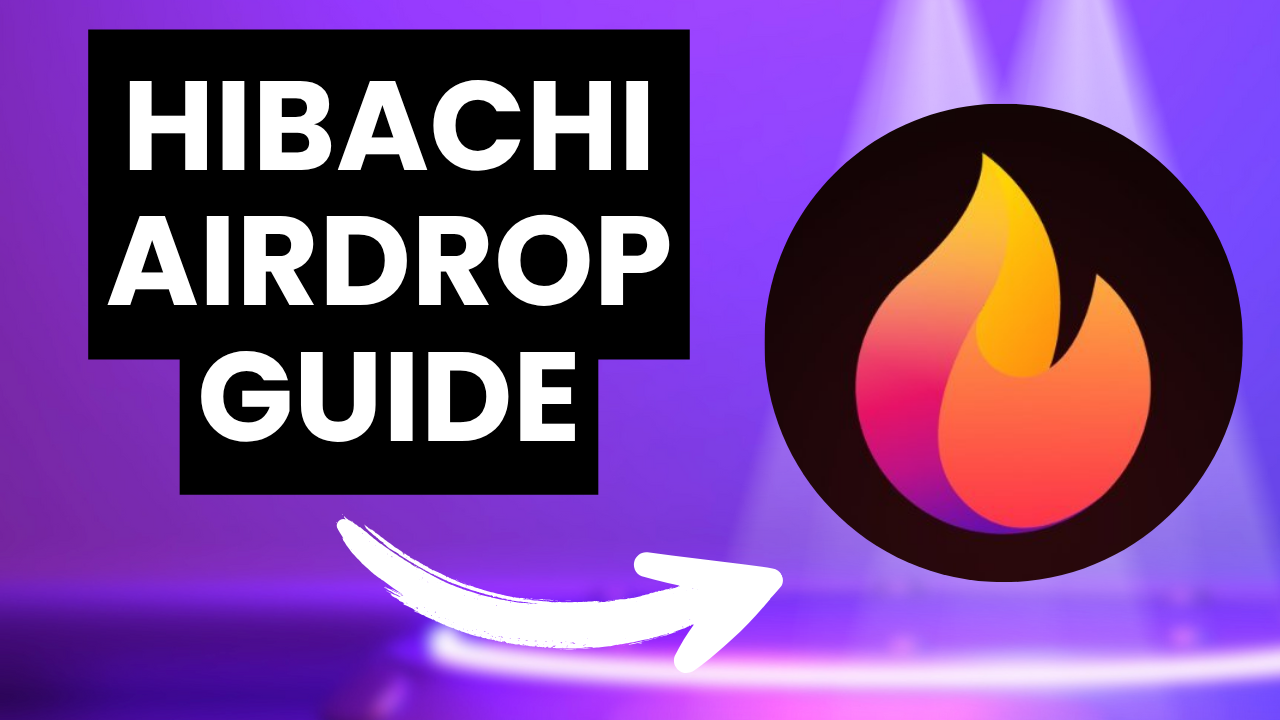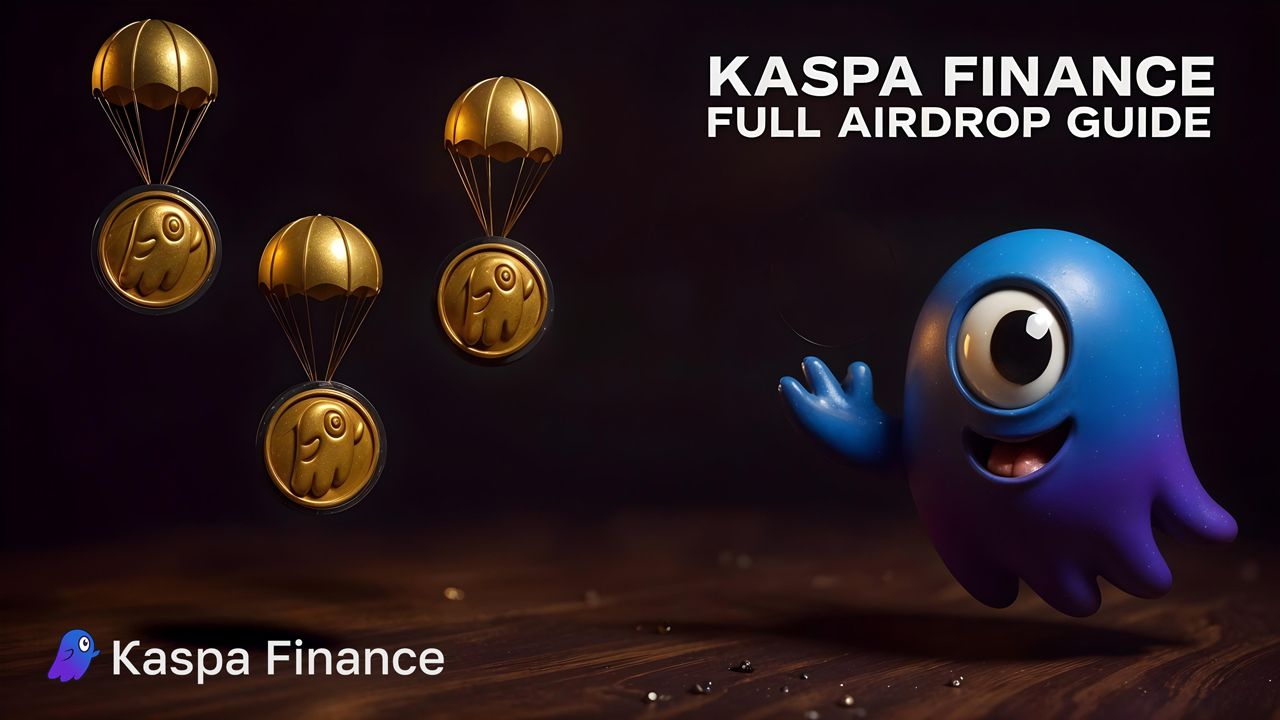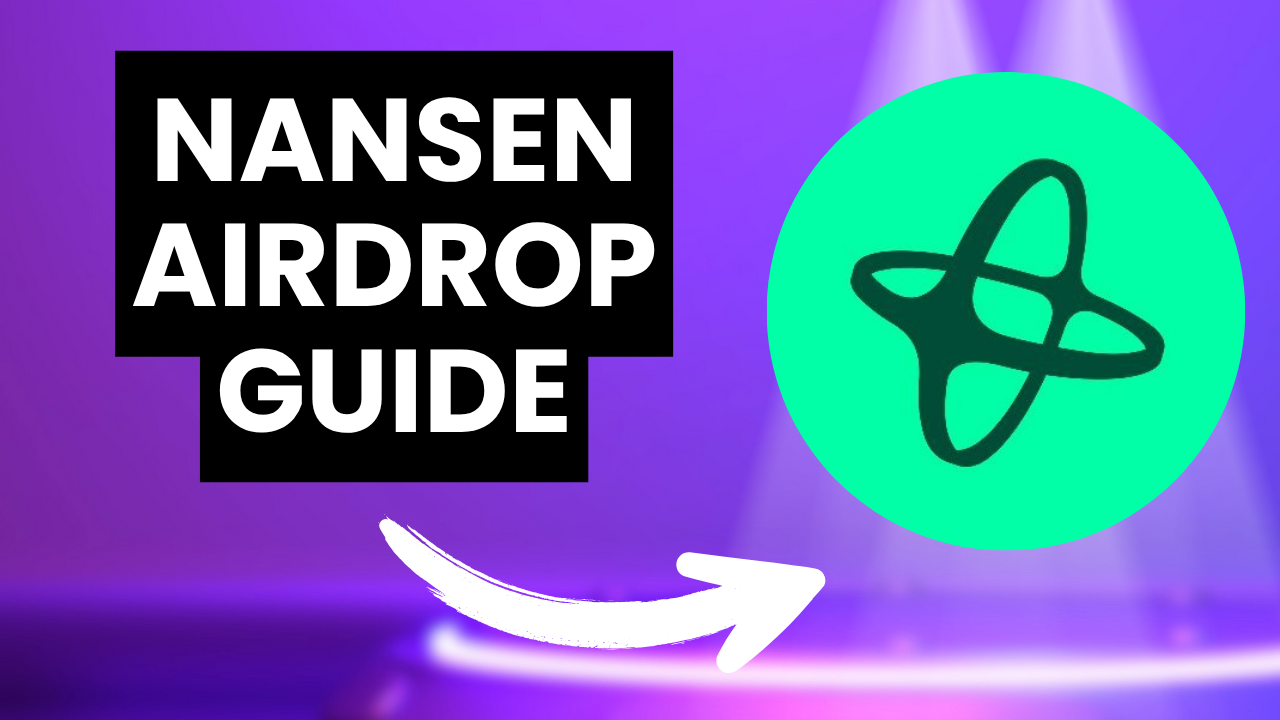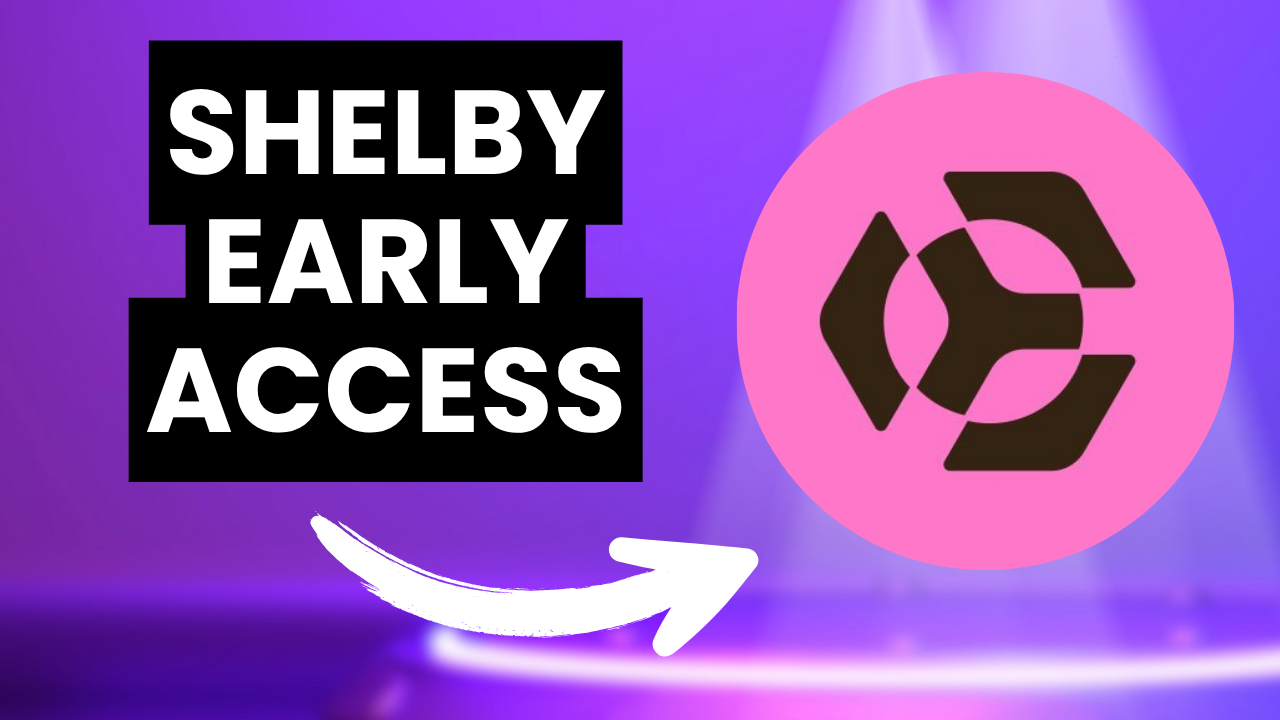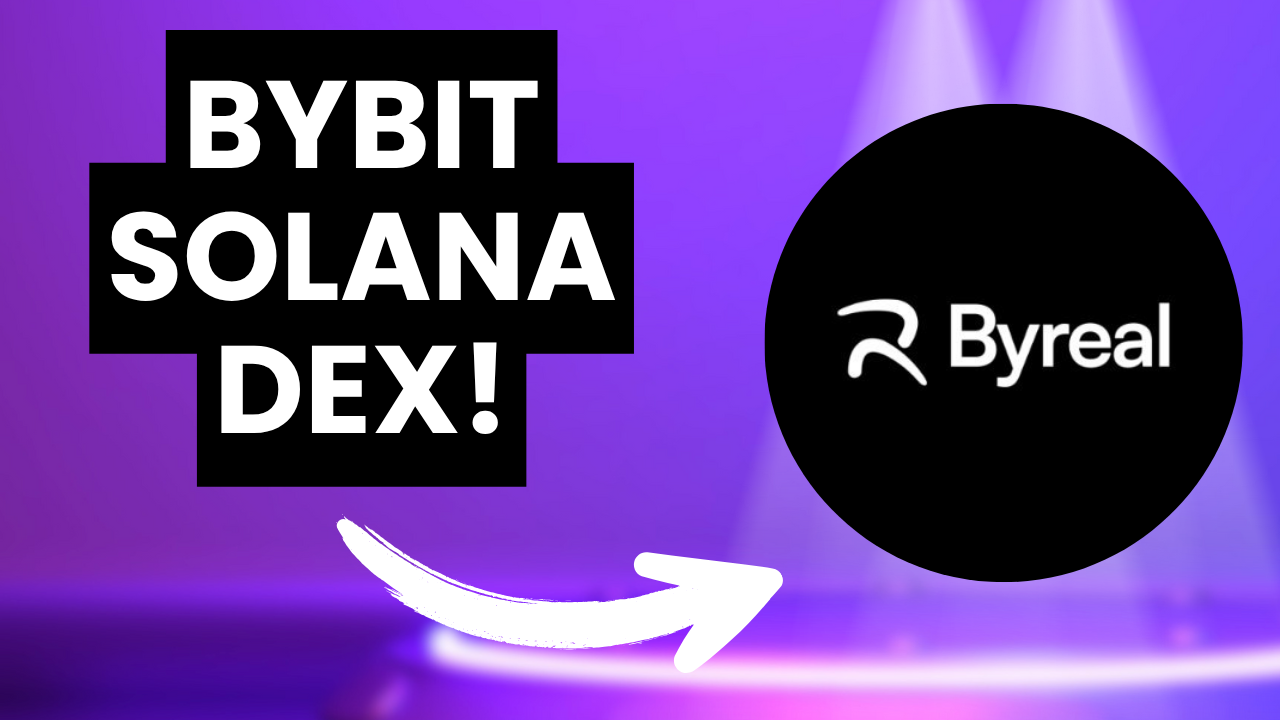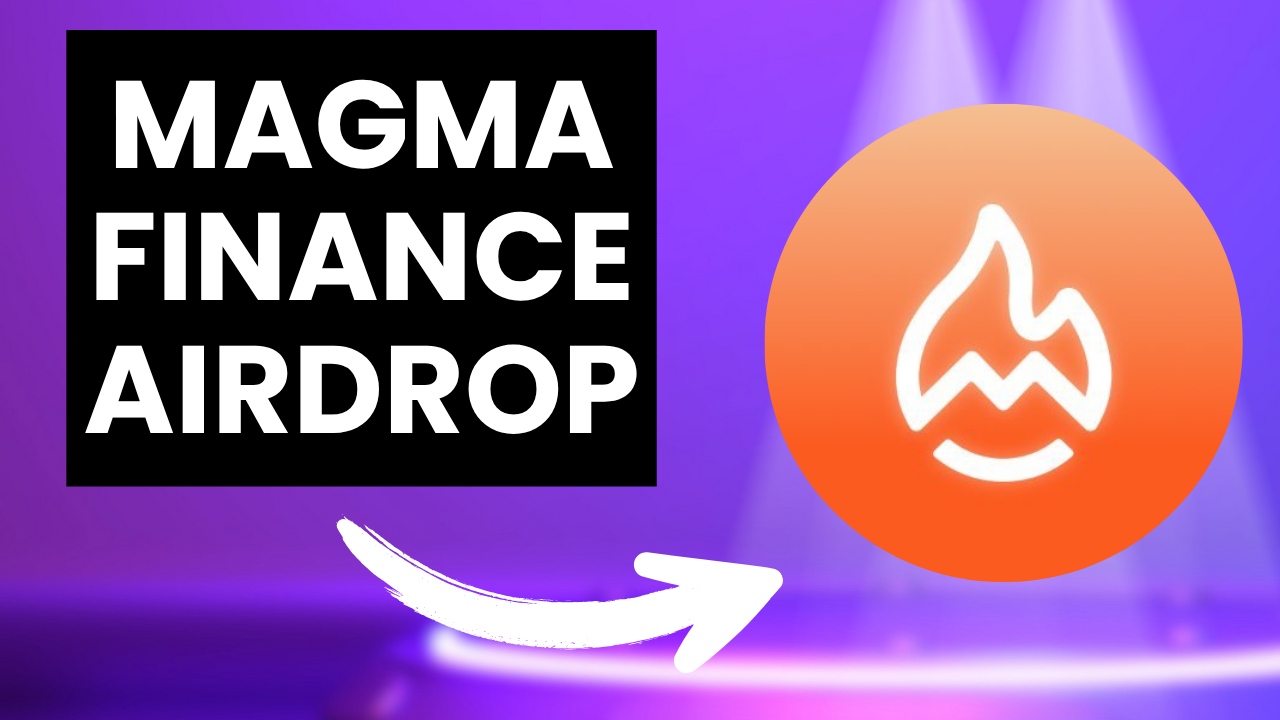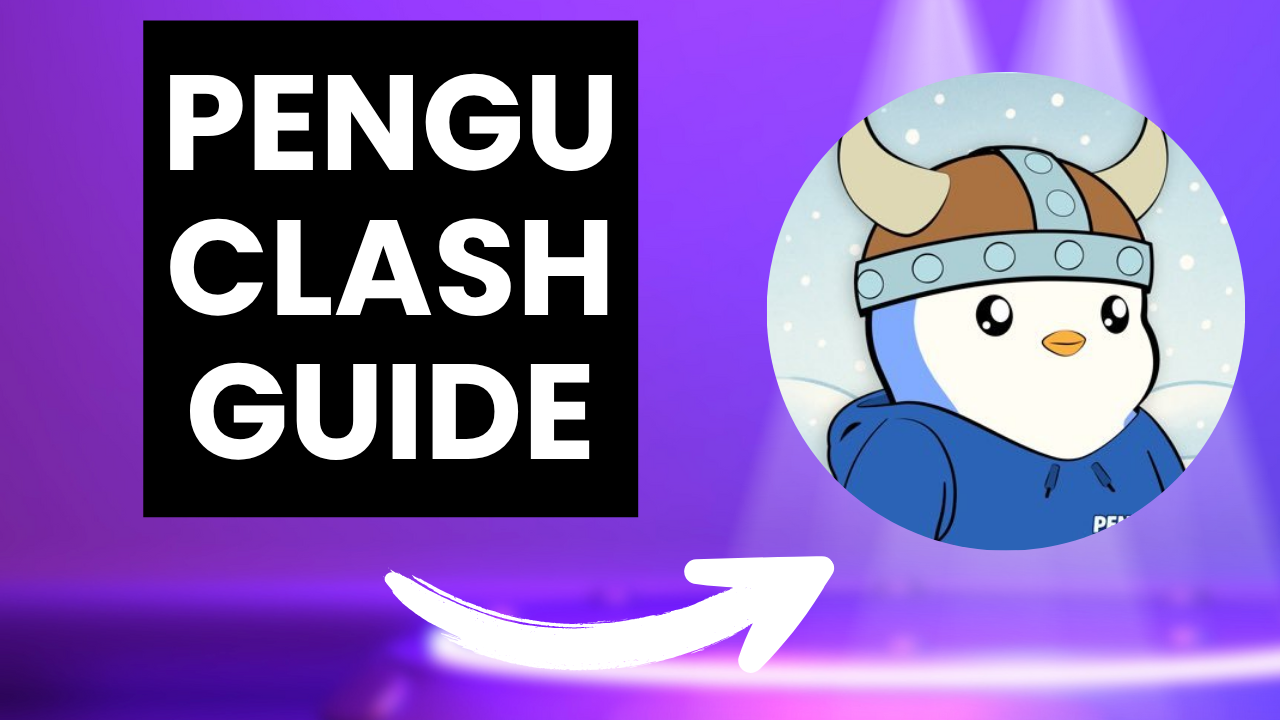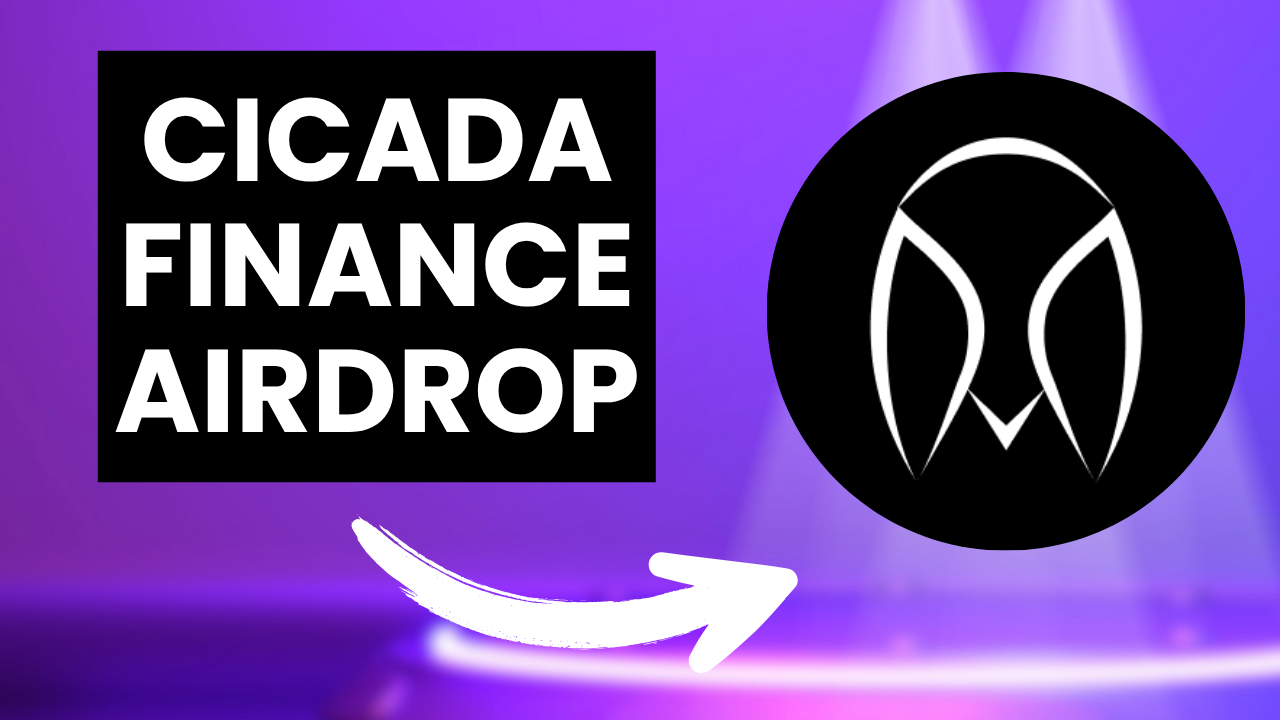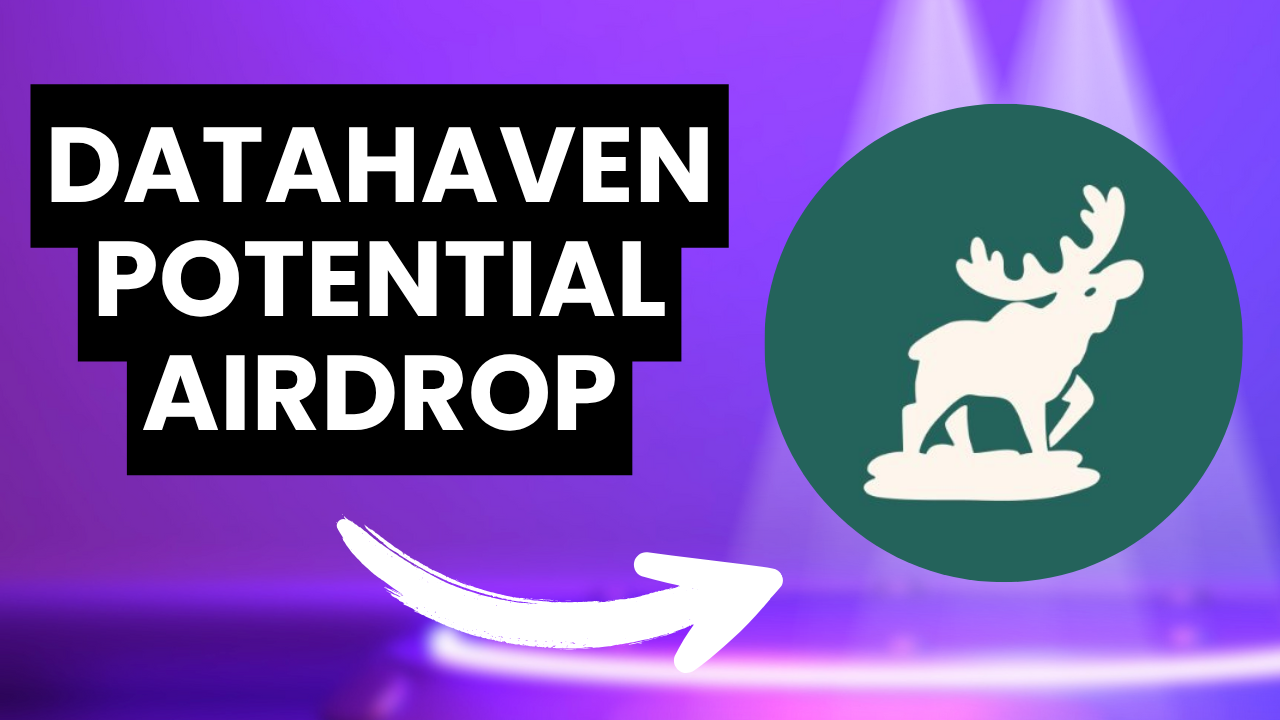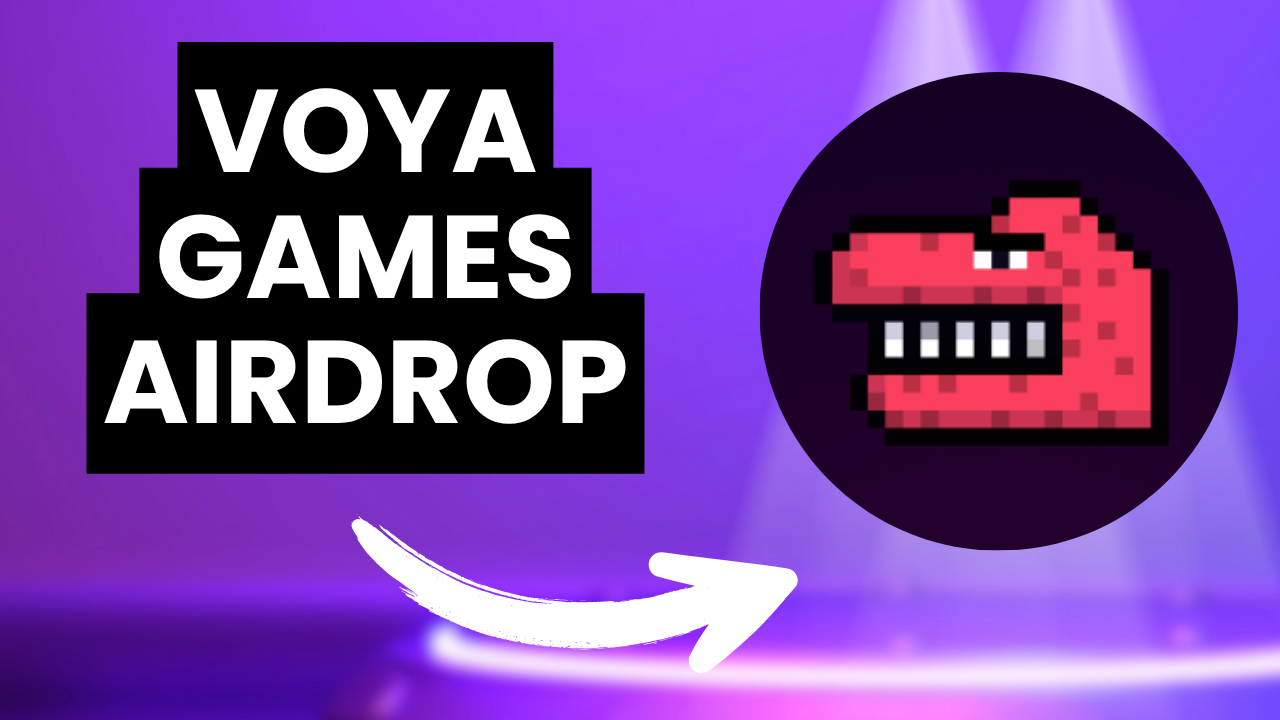Introduction
In the rapidly evolving landscape of decentralized finance (DeFi), airdrops have emerged as a significant opportunity for early adopters and active participants to earn rewards from promising new projects. Hibachi, a privacy-first decentralized exchange (DEX) built on a user-first philosophy, is one such project that has garnered attention for its innovative approach to perpetuals trading and its potential for a future token airdrop. This comprehensive guide will walk you through the Hibachi project, its core features, team, funding, and most importantly, a step-by-step strategy to maximize your chances of qualifying for a potential Hibachi airdrop. If you’re looking to position yourself for the next big opportunity in crypto, understanding the “hibachi airdrop” potential is crucial.
Hibachi Airdrop: A Step-by-Step Guide to Potential Rewards
For those looking to capitalize on the Hibachi airdrop opportunity, active participation and strategic engagement with the platform are key. While there are no official announcements regarding a token or airdrop details at the time of writing, historical data from similar projects suggests that early and consistent interaction often leads to eligibility for future distributions.
Here’s a step-by-step guide to position yourself for a potential Hibachi airdrop:
Step 1: Engage in Trading Activity
This is arguably the most critical step for airdrop eligibility. The more you trade, the higher your chances of accumulating points or being recognized as a valuable user.
Go to https://hibachi.xyz/trade
•Volume is Key: Achieving significant trading volume is often a primary criterion. In fact, Hibachi has weekly quests for trading volume for certain asset pairs.
•Consistent Trading: Don’t just make one large trade. Regular, smaller trades over an extended period can signal genuine engagement and contribute to your overall volume.
•Explore Different Pairs: If available, trade across various perpetual pairs to demonstrate diverse engagement with the platform.
Step 2: Provide Liquidity (If Applicable)
Many DEXs reward liquidity providers (LPs) for contributing to the platform’s liquidity pools. If Hibachi introduces liquidity provision features, actively participate by depositing assets into their pools. This demonstrates commitment to the platform’s ecosystem.
Step 3: Engage with the Community
Join Hibachi’s official social channels, particularly their X (formerly Twitter) and Discord. Engage in discussions, ask questions, provide feedback, and contribute positively to the community. Active community members are often recognized and rewarded.
•Follow on X: Stay updated with announcements and engage with their posts. The official X account is https://x.com/hibachi_xyz.
•Join Discord: Participate in discussions, provide feedback, and report any bugs or issues you encounter. This shows genuine interest and helps the project.
Step 4: Stay Informed and Monitor Announcements
Follow reputable crypto news sources, airdrop aggregators, and the official Hibachi channels for any announcements regarding a token launch or airdrop criteria. Information can change rapidly in the crypto space, so staying informed is crucial.
Step 5: Consider the Risks
While the potential for airdrops is exciting, always remember the inherent risks associated with interacting with DeFi protocols. Only trade with capital you can afford to lose, and understand the complexities of perpetuals trading.
Project Overview
Hibachi is designed to offer a high-performance, off-chain Central Limit Order Book (CLOB) that ensures verifiable and encrypted trading by default. With its
Wynn Upgrade, Hibachi aims to combine the speed and user experience of a centralized exchange with the cryptographic integrity, encrypted privacy, and permissionless access of a decentralized platform.
At its core, Hibachi executes orders off-chain for ultra-low latency while leveraging zero-knowledge proofs via Succinct to verify every balance update, order fill, and system state. These proofs are then posted to Celestia as encrypted data blobs, ensuring that all critical data is available without exposing user strategies or sensitive trading activity. This innovative architecture allows users to benefit from near-instant execution and full privacy without sacrificing verifiability.
Custody on Hibachi is handled entirely on-chain, with every user position collateralized via smart contracts. This includes forced withdrawal guarantees, even if the exchange becomes unresponsive, meaning users can recover their funds independently of Hibachi’s operators by accessing and decrypting the latest encrypted blob. This design eliminates the need for trust in intermediaries.
Key features of Hibachi’s architecture include:
•Ultra-fast off-chain matching: Providing CEX-level speed for an optimal trading experience.
•ZK-proof settlement: Verifying all updates on-chain to ensure integrity and transparency.
•Encrypted trade data: Protecting user privacy by keeping trading strategies confidential.
•Permissionless withdrawals: Offering on-chain guarantees for fund recovery, enhancing user control and security.
Looking ahead, Hibachi is working towards a decentralized validator model and client-side encrypted order flow with enclave-based matching. This development is expected to pave the way for private order books and dark pool functionality, all while maintaining verifiability.
Team Information
The Hibachi team is composed of top-tier talent drawn from the Finance, Tech, and DeFi industries. Their collective experience spans across leading institutions and companies such as Citadel, Tower Research, IMC, Meta, Google, Amazon, and Hashflow. This diverse background brings a wealth of expertise in traditional finance, cutting-edge technology, and decentralized systems, positioning Hibachi to deliver a robust and innovative trading platform.
Funding
Hibachi has successfully secured significant backing, raising a $5 million seed round. This funding round was led by prominent venture capital firms in the crypto space, including Dragonfly XYZ, Electric Capital, and Echo Dot XYZ. Such substantial investment from reputable entities underscores the confidence in Hibachi’s vision, technology, and potential to disrupt the decentralized exchange market.
Revenue Model
Hibachi operates as a decentralized trading protocol, and its primary revenue generation mechanism is expected to be derived from trading activity on its platform. While specific fee structures (e.g., taker and maker fees) are typical for decentralized exchanges, Hibachi’s emphasis on a “points program” and “gamified incentives” suggests a strategy to encourage user engagement and trading volume, which would directly contribute to fee-based revenue.
The core value proposition lies in offering a high-performance, privacy-preserving trading experience, attracting professional traders who prioritize speed, security, and confidentiality. This model aligns with the broader trend in DeFi where protocols incentivize user participation to bootstrap liquidity and network effects, ultimately leading to sustainable revenue streams through transaction fees.
